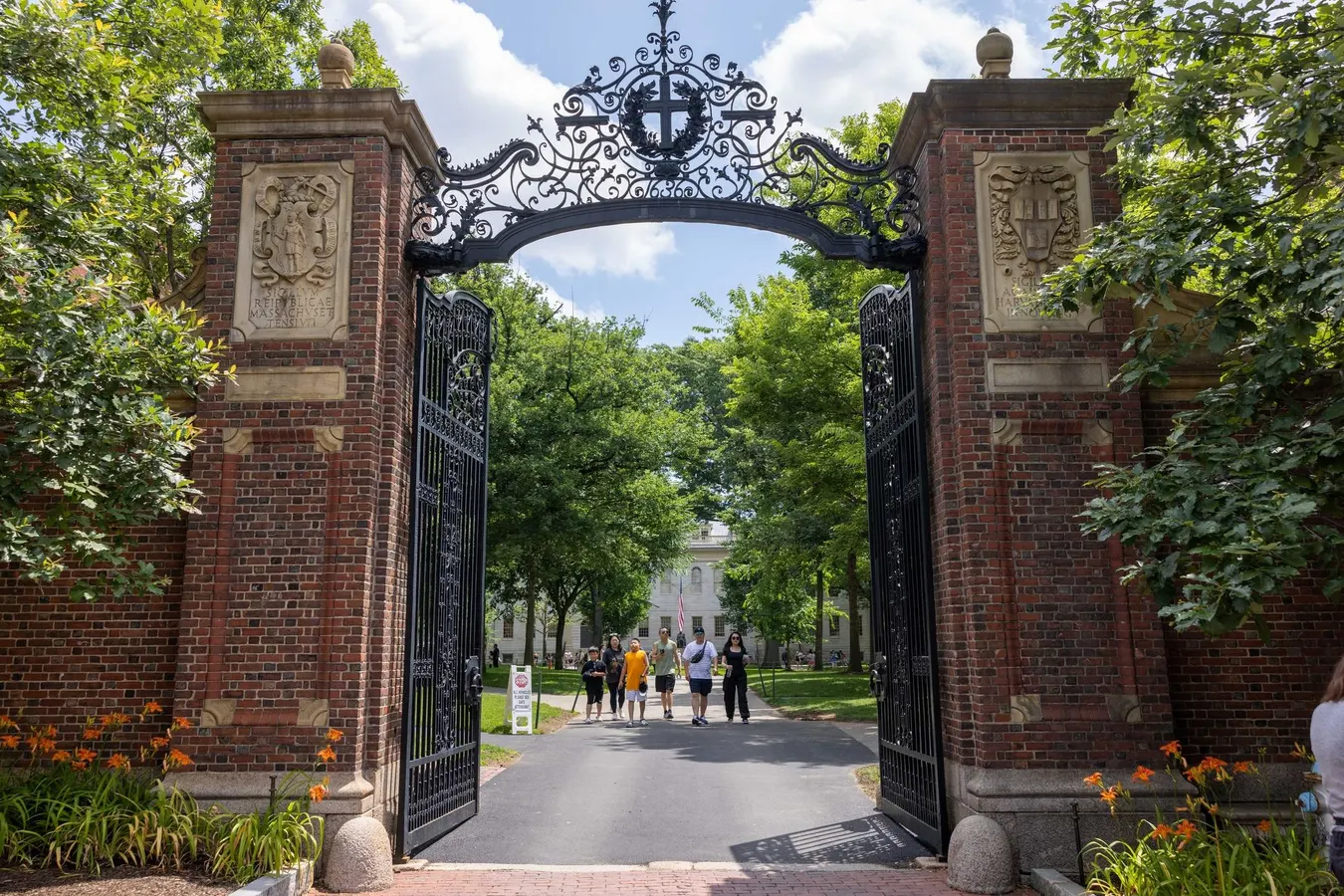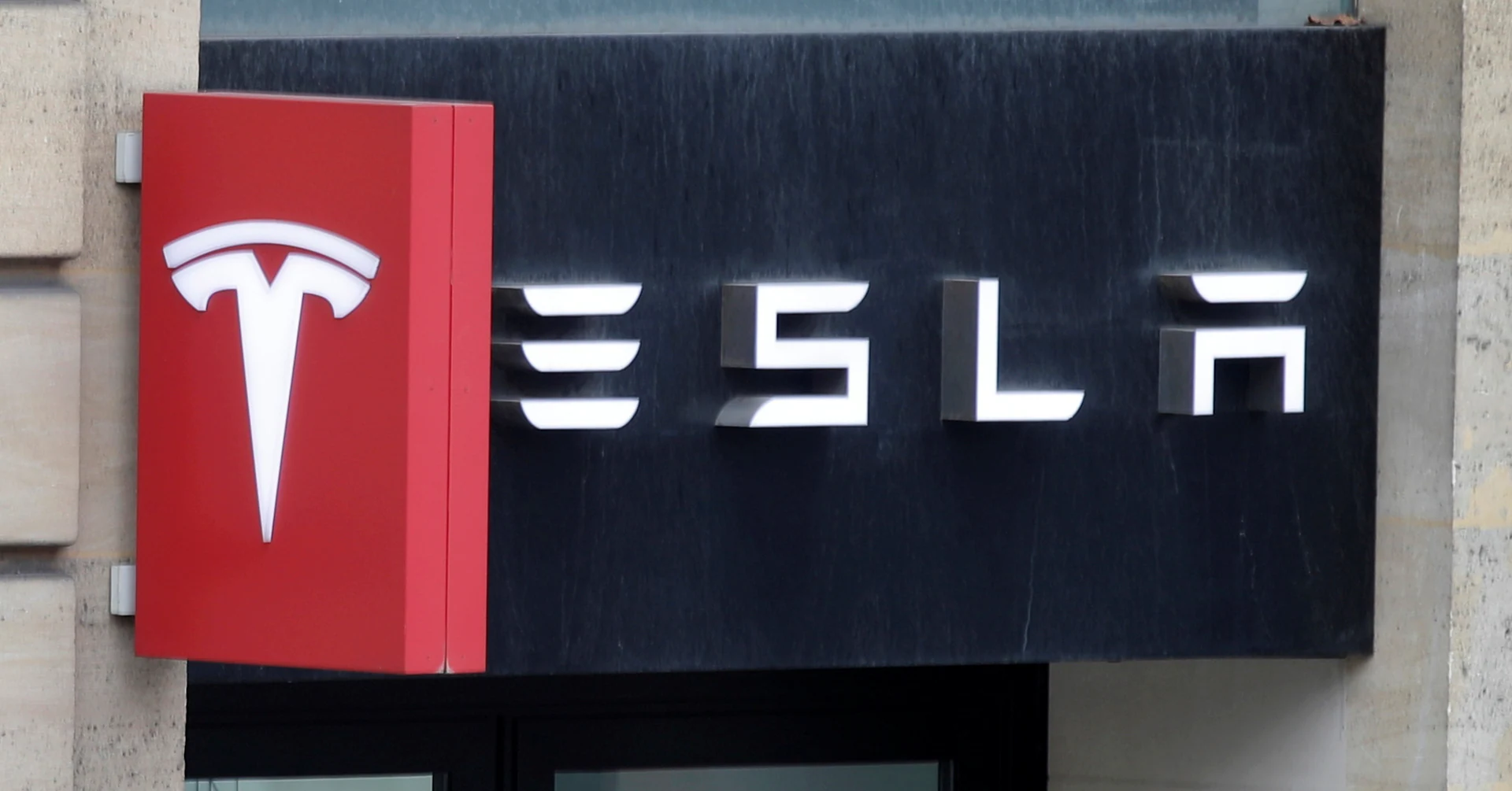By Contributor,Dr. Aviva Legatt
Copyright forbes

CAMBRIDGE, MASSACHUSETTS – JUNE 29: People walk through the gate on Harvard Yard at the Harvard University campus on June 29, 2023 in Cambridge, Massachusetts. The U.S. Supreme Court ruled that race-conscious admission policies used by Harvard and the University of North Carolina violate the Constitution, bringing an end to affirmative action in higher education. (Photo by Scott Eisen/Getty Images)
Getty Images
Just as the nation braces for a projected shortage of more than 5 million educated workers by 2032, according to a new report by Georgetown’s Center for Education and the Workforce, artificial intelligence is transforming the very entry-level jobs that once served as the starting point for professional careers.
If left unaddressed, we risk breaking the first rung of the career ladder, creating a generation of workers who never gain the practical experience to move forward. But if higher education and employers act now, we can redesign pathways so that AI becomes an accelerator of opportunity.
The Automation Vs. Augmentation Divide
The effects are already visible. According to new high-frequency payroll data analyzed by MIT economist Erik Brynjolfsson and colleagues, employment for early-career workers (ages 22–25) in AI-exposed jobs like software development and customer service has dropped by 13% since late 2022, while older workers in the same roles have seen employment rise between 6–9%.
Their research highlights an important distinction: Jobs shrink when AI automates routine tasks, but they expand when AI augments human capability. When AI can handle rote coding or data entry, companies hire fewer young workers. But when AI helps experienced professionals process more information or solve harder problems, employers double down on hiring seasoned talent.
This isn’t simply a story of jobs disappearing—it’s a story of opportunities shifting away from those trying to get experience and toward those who already have it.
A Growing Shortage Of Skilled Talent
These labor market shifts are colliding with sobering demographic realities. According to the latest workforce study from Georgetown University’s Center on Education and the Workforce, the numbers are stark: 18.4 million skilled retirees will exit the workforce, while only 13.8 million comparably educated younger workers will enter. Critical occupations—nursing, teaching, engineering, law, and management—will all feel the strain.
Meanwhile, demand for AI talent itself is surging. Bain & Company projects the U.S. could face a shortage of 700,000 AI professionals by 2027. Deloitte reports that 68% of companies say they have moderate to severe AI skills gaps. and 85% of tech leaders admit they have delayed AI initiatives because they can’t find the talent. At the same time, research from PwC shows that nearly 80% of enterprises are already deploying AI agents, with most planning further expansion.
The Graduate Management Admission Council’s (GMAC) 2025 Corporate Recruiters Survey reinforces this urgency. Surveying over 1,100 global employers, GMAC found that AI fluency now ranks among the most valued competencies for business graduates, alongside problem-solving and communication. Employers are not only asking for technical expertise; they want graduates who can apply AI strategically and ethically across contexts.
The pattern is clear: Demand for highly skilled, AI-fluent workers is soaring, while entry-level opportunities for new graduates are narrowing. Together, these forces risk creating a bottleneck in talent development that is likely to be felt for years to come.
The Broken First Rung
When companies stop hiring junior workers, they don’t just reduce headcount in the short term—they undercut their own future. Entry-level jobs have historically been where graduates learn the ropes, develop tacit knowledge, and build the judgment that later defines senior leadership. As Brynjolfsson’s research shows, tacit and experiential learning remain among the most durable human advantages. Remove those roles, and the talent pipeline begins to collapse.
Yet the U.S. still has deep reservoirs of untapped potential. Georgetown’s workforce study identifies 36.8 million adults with some college but no credential, and more than 500,000 high-achieving high school graduates each year who fail to complete a degree. With redesigned pathways—apprenticeships, stackable credentials, and AI-augmented learning experiences—higher education and employers can help bring these learners into the fold and strengthen the pipeline.
How Higher Ed Can Respond
Colleges and universities cannot control corporate hiring practices. But they can redesign education so graduates enter the workforce with AI-ready skills that make them indispensable. Accreditation bodies—from AACSB to regional accreditors—are already raising expectations for transparency and ethical use of AI. Five strategies stand out:
Integrate AI Across the Curriculum: Georgetown CEW notes that higher education has struggled to keep pace with technology. Every discipline—not just computer science—needs to prepare students to use AI responsibly and effectively. The University of Florida has become one of the leading models for integrating AI into every discipline. In 2020, UF launched its AI Across the Curriculum initiative with a $70 million investment that included the world’s fastest university-owned AI supercomputer (HiPerGator) and a commitment to embed AI into all 16 colleges. The university also built an extensive program to train faculty on how to weave AI into their courses, creating teaching resources and offering workshops across departments.
Expand Apprenticeships and Work-Based Learning: As Brynjolfsson’s team emphasizes, tacit knowledge—what you learn by doing—remains one of the greatest human advantages. For example, at Purdue University’s Polytechnic Institute, entire degree programs have been restructured around project-based learning. From the very first semester, students collaborate in teams to tackle open-ended, industry-inspired challenges—such as designing autonomous vehicles or optimizing smart factories. Rather than relying solely on lectures, faculty serve as coaches, guiding students through trial-and-error problem solving. Another example is the University of Waterloo in Canada, which runs the largest postsecondary co-op program in the world, with more than 25,000 students placed in work experiences annually. Students alternate between academic terms and full-time, paid work placements, often with major tech companies or fast-growing startups. This model ensures graduates leave with up to two years of real-world experience before earning their degree.
Employer partnerships are another missing piece. Apprenticeships, micro-credential pathways, and work-based projects must be co-designed with industry to ensure students gain tacit experience while building AI-relevant skills. Companies that help shape these pipelines will be the ones with talent ready to contribute on day one.
Develop AI-Aware Career Maps: Advising should help students understand how automation and augmentation are reshaping their fields. The infrastructure already exists. Workforce analytics platforms such as Lightcast (formerly Emsi/Burning Glass) give institutions access to real-time labor market data, showing which jobs are growing, which skills are in demand, and where automation is likely to displace routine roles. Instead of focusing only on graduation requirements, advisors can use these dashboards to map majors to emerging skills, highlight resilient pathways to identify which careers are being augmented by AI, show regional and sector variation, and guide on continuous upskilling.
Build Alternative and Stackable Credentials: Georgetown highlights the opportunity to re-engage millions of learners with “some college but no degree.” As I argued in my Forbes piece, stackable micro-credentials work best when they’re aligned to labor-market demand and proven to move wages—a point underscored by the Burning Glass Institute/AEI analysis of 65 million career records and 23,444 credentials, which found that only about 1 in 8 deliver significant wage gains. Use tools like BGI’s Credential Value Index (CVI) to prioritize offerings that show measurable earnings, mobility, or advancement for your students.
Empower Faculty to Lead on AI Governance: As I argued in my Forbes article Why Faculty Hold the Keys to Higher Ed’s AI Digital Transformation, faculty are central to building policies that are ethical, transparent, and credible—aligning with rising accreditation requirements. Faculty also need support to build their own AI fluency. It is unrealistic to expect students to graduate AI-ready if their professors have not had opportunities for upskilling. Investment in professional development—teaching faculty how to use, critique, and govern AI tools—is essential.
The convergence of AI-driven displacement and demographic shortages is weakening the first rung of the career ladder. But there is still time to act. By redesigning curricula, expanding apprenticeships, and embedding AI fluency into every degree, higher education can ensure that students can launch robust and meaningful careers.
Editorial StandardsReprints & Permissions



